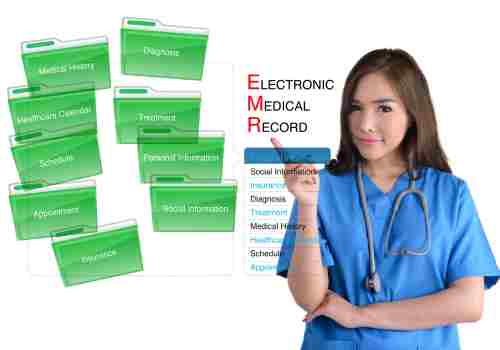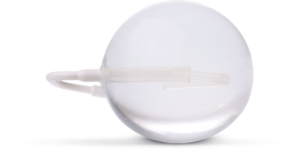Thanks to modern technology, electronic medical records have now become commonplace. These clever systems are intended to provide a greater level of insight in regard to one’s overall health and they can be used to track a host of metrics (such as blood pressure and cardiovascular health).
It therefore stands to reason that these approaches may also be employed to manage one’s bodyweight. How does this type of record keeping work? How do they differ when compared to an electronic health record (EHR)? What benefits can individuals enjoy with these techniques? Let’s discuss each concern in greater detail.
What Exactly is an Electronic Medical Record?
Often abbreviated as “EHR“, this technology is essentially a digital version of a standard patient chart (such as one that would be referred to by a physician during a checkup). Some of the details that are contained within these records include (but may not be limited to):
- Overall medical history.
- Ongoing treatments.
- Medications that are currently being taken or were previously prescribed.
- Immunisation dates.
- Other data such as laboratory test results and allergies.
The main intention of an EMR is to present pertinent information in a form that can be accessed in a matter of seconds. Furthermore, the details outlined above will also be necessary when developing an effective treatment programme.

How does an EMR Differ from an Electronic Health Record?
You might have heard of another term known as an “electronic health record“. While this may appear similar to an EMR at first glance, there is one important difference to note. An EMR contains details that can only be accessed by a single provider. In other words, the information cannot be shared with third parties. An electronic health record is instead shared between two or more healthcare providers. There may be times when this is necessary (such as when an individual is being treated for multiple illnesses and requires access to numerous specialists).
How Can an Electronic Health System Aid in Obesity Management?
Now that we have developed a basic understanding of these technologies, what are some of the ways in which they can be applied to address an overweight individual? There are actually several unique benefits to highlight.
First and foremost, a physician or a trained specialist (such as a nutritionist) can access important information within only a matter of seconds; even while away from the office. One common method involves the use of a dedicated smartphone application. The advantage here is that patients can be provided with targeted advice without the need to physically visit the doctor’s office.
Another unique feature of these electronic health systems is that users may also be able to view their medical history; particularly when referring to metrics such as how much weight has been lost over a specific time. This will provide a greater level of insight into one’s ongoing progress while also highlighting instances when a change of treatment may be warranted.
Furthermore, users can choose to share this information with other weight-loss specialists (such as a dietician). This may also be necessary on occasion; especially during times when an existing medical condition could dictate that certain approaches (such as prescription medications for obesity) must be avoided.
The Future of Obesity Management?
The use of an EMR has now become commonplace throughout the medical community. If anything, the presence of this technology should only increase into the foreseeable future. Are there any downsides to consider?
One concern involves how this data is controlled and the security measures that are in place to ensure that it does not fall into the wrong hands. The good news is that several steps (such as the presence of encryption protocols) dramatically reduces these and similar threats.
Of course, any type of EMR is a great tool when used in conjunction with other traditional methods of losing weight (such as adopting a healthy diet and exercising on a regular basis). Let’s also not fail to mention that those who use the Spatz3 adjustable gastric balloon can employ an EMR to keep track of their short- and long-term progress.
There is little doubt that we have now become fully immersed within the digital age. Electronic medical records are yet another way to treat obesity and to live a healthy overall lifestyle.


